Like many of the past few months, July flew by—but not without its fair share policy challenges. From continued protests around police brutality to debates around the reopening of schools, July at Brookings has been busy. Here are 10 things we learned from Brookings scholars’ research over the past month.
1. There’s a lot to learn about reopening schools from Finland and Denmark
Emiliana Vegas examines Scandinavian school reopening efforts for insights into what worked. She observed that in Denmark and Finland, “schools prohibited the usual morning meetings held in classes at the beginning of the school day, forbade food sharing, and introduced new preventative practices like staggered student arrivals and much more frequent cleaning and handwashing practices throughout the day.” In Denmark, she added, “classes were divided into two to three smaller groups and, whenever possible, held outside.” Denmark and Finland also focused on supporting school leaders and teachers, Vegas writes, noting the Danish education department’s coronavirus hotline for school leaders. Read her piece to learn more about how these nations approached significant questions in gradually reopening schools.
2. Trump failed to learn from history in his pandemic response
Kelsey Landau and Norman Eisen describe three ways that President Trump, in his administration’s response to the coronavirus pandemic, could have but failed to learn from the U.S. response to the 1989 Velvet Revolution in Czechoslovakia. Landau and Eisen say that these three lessons “offer a sobering framework to understand the full extent of the betrayal of America’s traditional global leadership role by the Trump administration.” First, the administration’s choice not “to support international organizations” like the WHO; second, President Trump’s inability to “exercise moral leadership”; and third, his unwillingness to “work across the aisle.”
3. Working parents are key to COVID-19 recovery
Nicole Bateman highlights the fact that “Parents with minor children comprise almost one-third of the country’s workforce; any economic recovery will rely on their continued participation or reentry into the labor force.” She continues that “the status of schools and childcare programs in the fall will dictate the ability of working parents to fully return to work, and therefore will also largely dictate the speed and robustness of economic recovery.” Bateman argues that “In-person school instruction and childcare programs, along with strong public health measures to respond quickly to any outbreaks, are the keys to reviving our economy.”
4. Unemployment insurance is under duress during the pandemic

States are under heavy pressure to extend unemployment benefits during the pandemic, write Manuel Alcalá Kovalski and Louise Sheiner: “Although the federal government is fully funding the additional benefits under the CARES Act, the act doesn’t include funding to help states finance the huge increases in regular unemployment insurance benefits.” They add that “states that are reluctant to see payroll taxes on employers increase may instead tighten eligibility rules in the program, slow the rise in weekly benefit payments, or reduce the maximum duration of regular UI benefits.”
5. Saudi-Chinese relations are functional, not strategic
In one of the new papers in the Global China series, Bruce Riedel calls Saudi Arabia’s relations with China “functional, but not strategic.” It’s all about oil, Riedel explains, because “China is Saudi Arabia’s top economic trading partner because China is the biggest importer of Saudi oil.” Riedel traces the relationship between Saudi Arabia and China through the 1980s to the present, when the focus is on trade and energy. Whatever the basis of relations between the two countries, Riedel observes, “Beijing will not replace Washington in Riyadh’s worldview, even if U.S.-Saudi relations falter in the next administration.”
6. Firearm sales spiked in the spring
“When Americans are concerned about their personal security,” Phillip Levine and Robin McKnight write, “they buy firearms. Such concerns have been rampant since March, initially due to the onset of the COVID-19 pandemic and then the social unrest in June that followed George Floyd’s killing.” The authors’ estimates, which include data on monthly firearms sales from 2010 to 2020, “indicate that almost three million more firearms have been sold since March than would have ordinarily been sold during these months.”
7. Beijing’s assertiveness in Hong Kong
Ryan Hass lists several reasons that explain why China is cracking down on Hong Kong, a Chinese city that has enjoyed free speech, free assembly, and legal transparency, including: “Beijing likely wanted to assert greater control over political developments in Hong Kong ahead of its scheduled September 2020 Legislative Council election. … President Trump reportedly told Xi privately he would tone down American criticism regarding Beijing’s approach to Hong Kong to help spur progress on U.S.-China trade negotiations. … [and] Beijing likely judged that the spread of COVID-19 would limit the risk of large-scale protests in Hong Kong in response to the new legislation.” Hass explores these and other factors of the new law that already “has had a chilling effect.”
8. What would happen if President Trump contracted COVID-19?
John Hudak writes that “Given the president’s near-refusal to wear protective gear, unwillingness to socially distance, and commitment to holding in-person rallies, it’s possible that the president himself could contract” the coronavirus. If the illness were to incapacitate President Trump, Hudak says, through the 25th Amendment to the Constitution, “the country will have an individual who is able to execute the full powers of the office of president—in that case, Acting President Mike Pence. While presidential incapacity would be a serious national situation, the government would be able to function in a largely uninterrupted way until the president is recovered.”
9. To reopen safely, schools must protect more than just students and teachers
“The majority of public school employees (about 57%) are not full-time teachers, but can be just as important to students,” Andre Perry and Annalies Goger write. “In conversations about reopening schools, consideration of its effect on employees such as bus drivers, cafeteria workers, substitute teachers, and non-instructional staff seldom reaches the forefront,” they add. Perry and Goger argue that “Keeping children safe requires that we safeguard all who are the least protected. That means prioritizing the protection of a school’s entire network of staff who support and care for our children.”
10. Natural resources can be a double-edged sword for developing economies
Addisu Lashitew and Eric Werker analyzed data from developing countries to determine the effect of natural resources on economic development, concluding that “The results show that natural resources are best seen as a double-edged sword that has a positive economic effect as well as a negative institutional effect on development performance.” Citing a lack of consensus on how resources affect development, the researchers say that” the balance between the two appears to depend on the way natural resources are measured—abundance or dependence—and the specific type of development outcome considered: human or physical.”
The Brookings Institution is committed to quality, independence, and impact.
We are supported by a diverse array of funders. In line with our values and policies, each Brookings publication represents the sole views of its author(s).

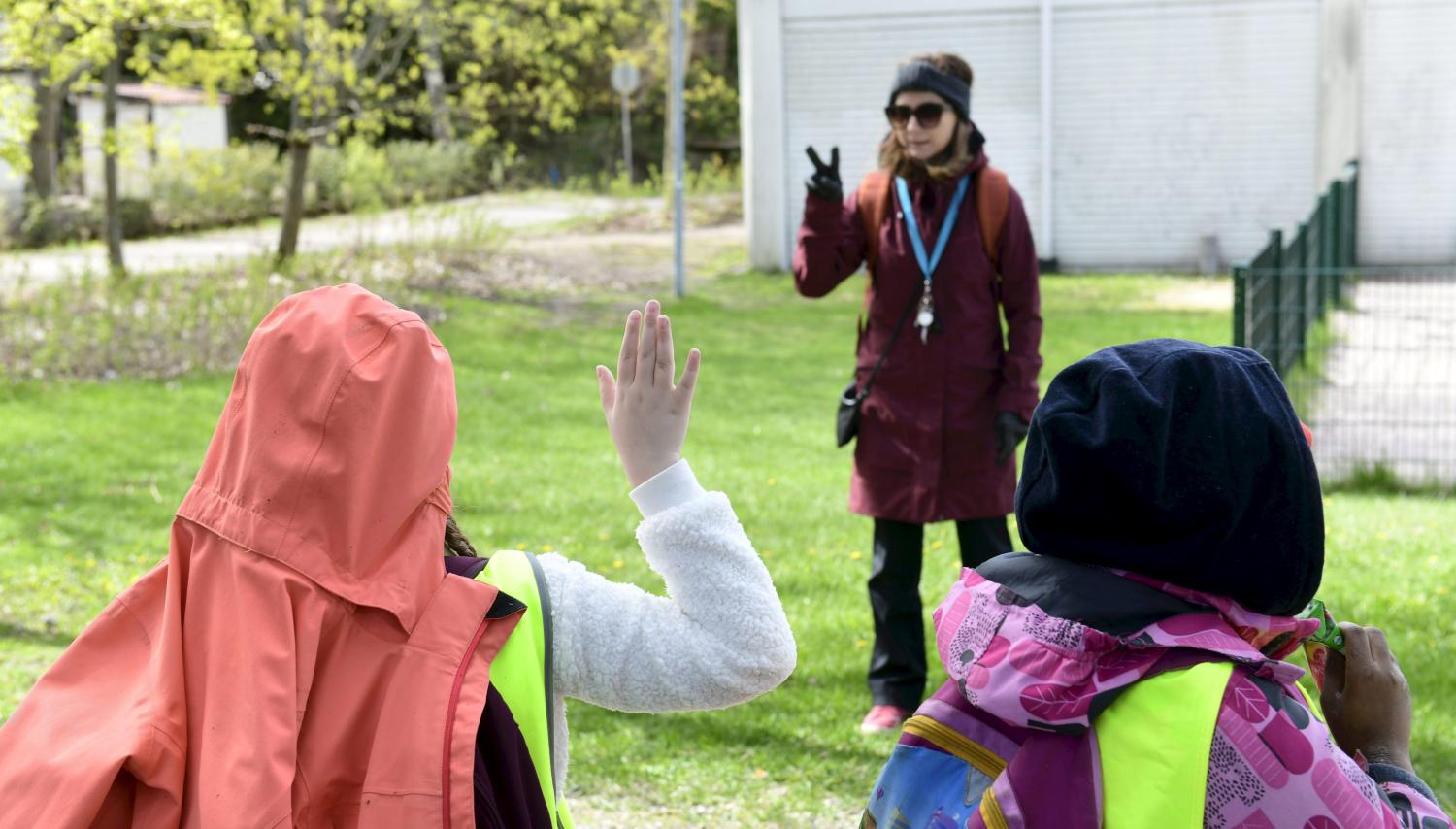
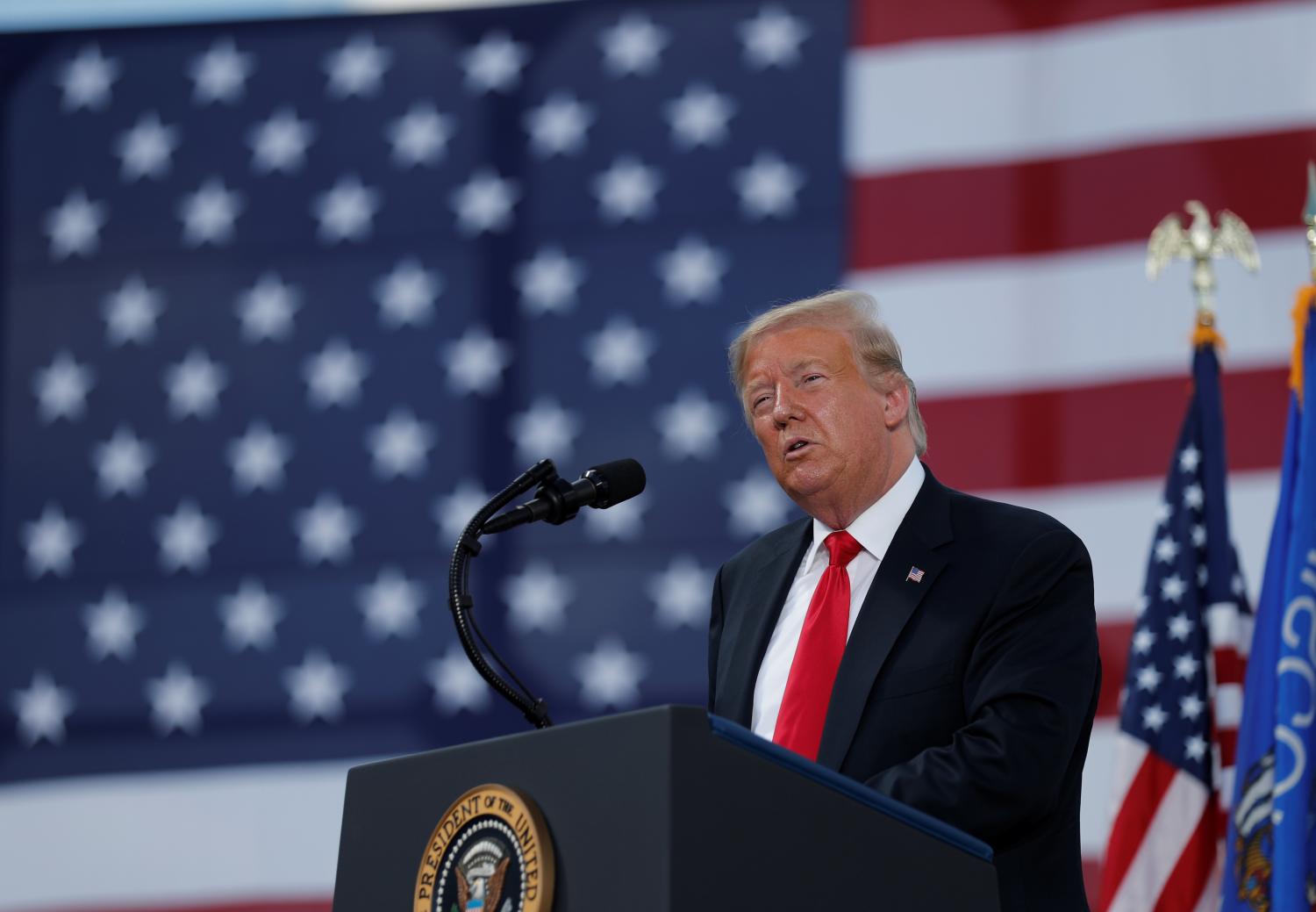
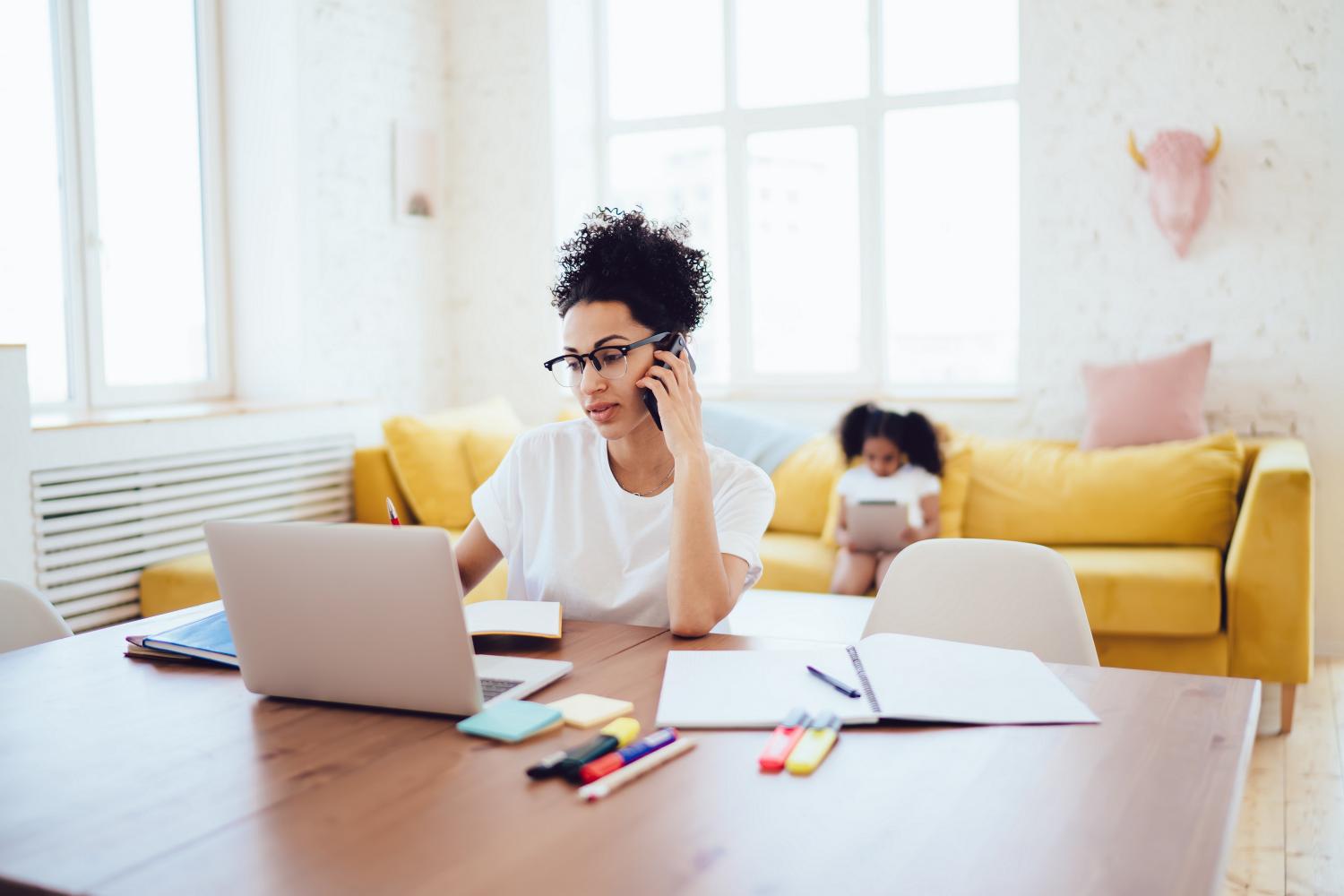
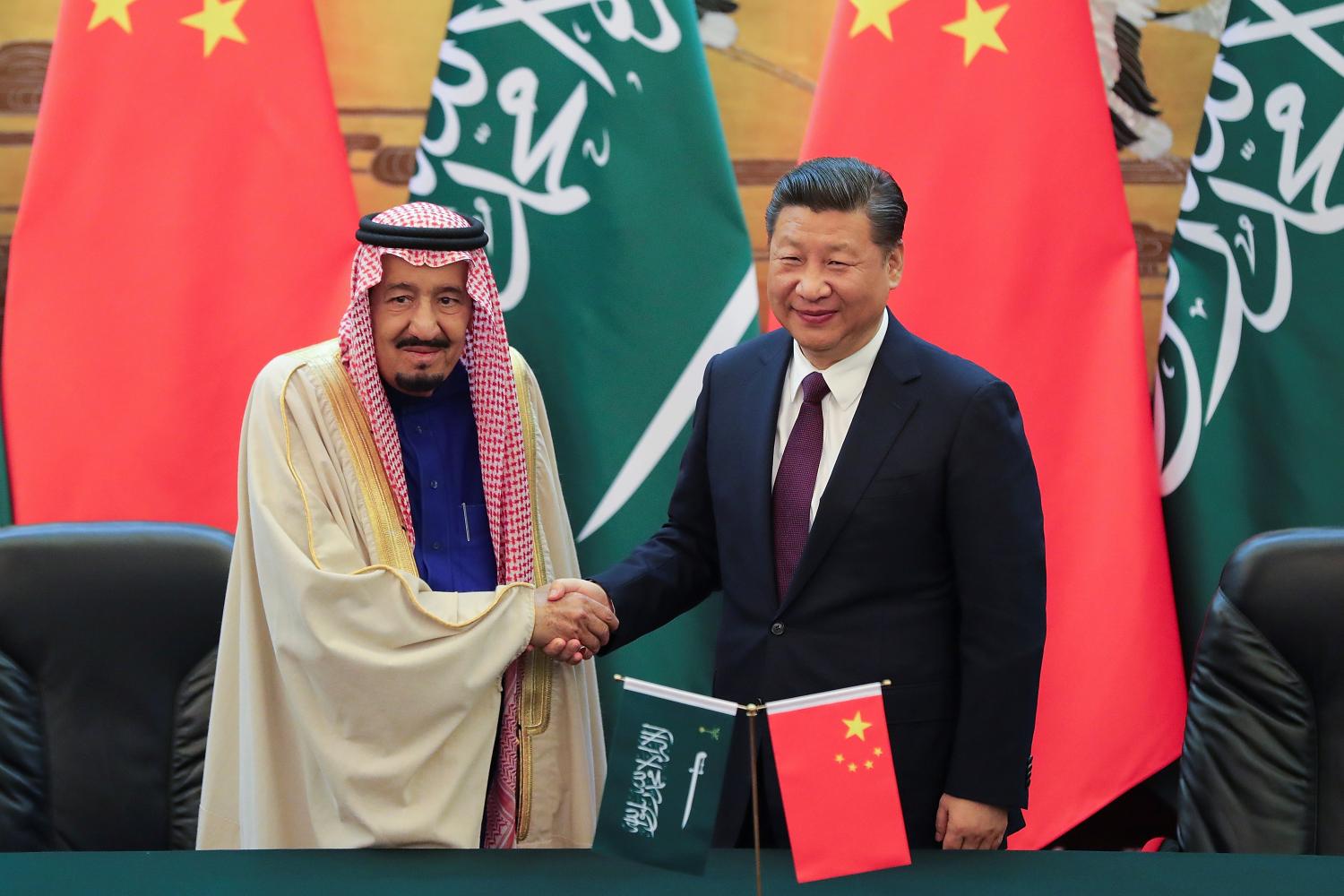
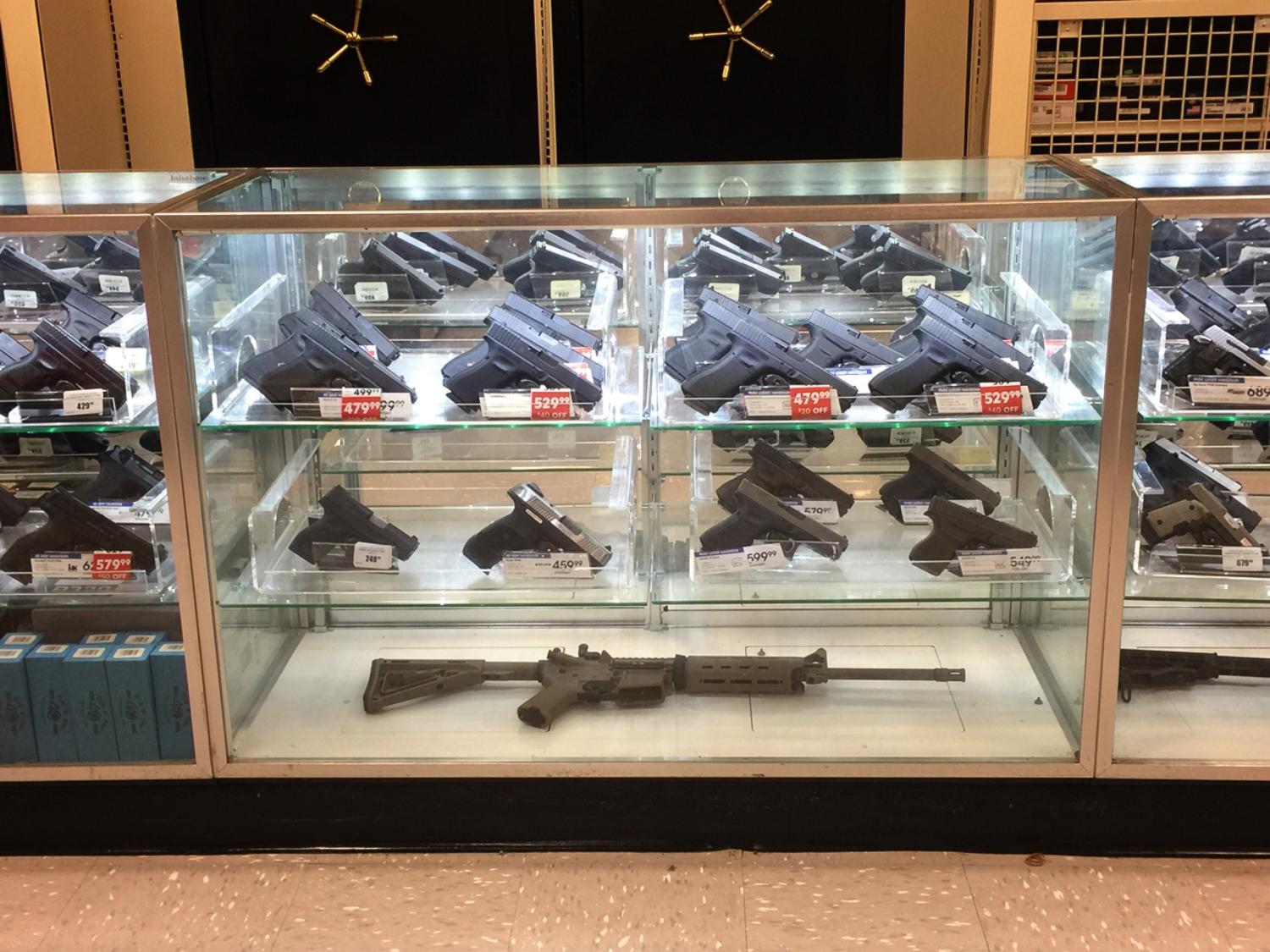
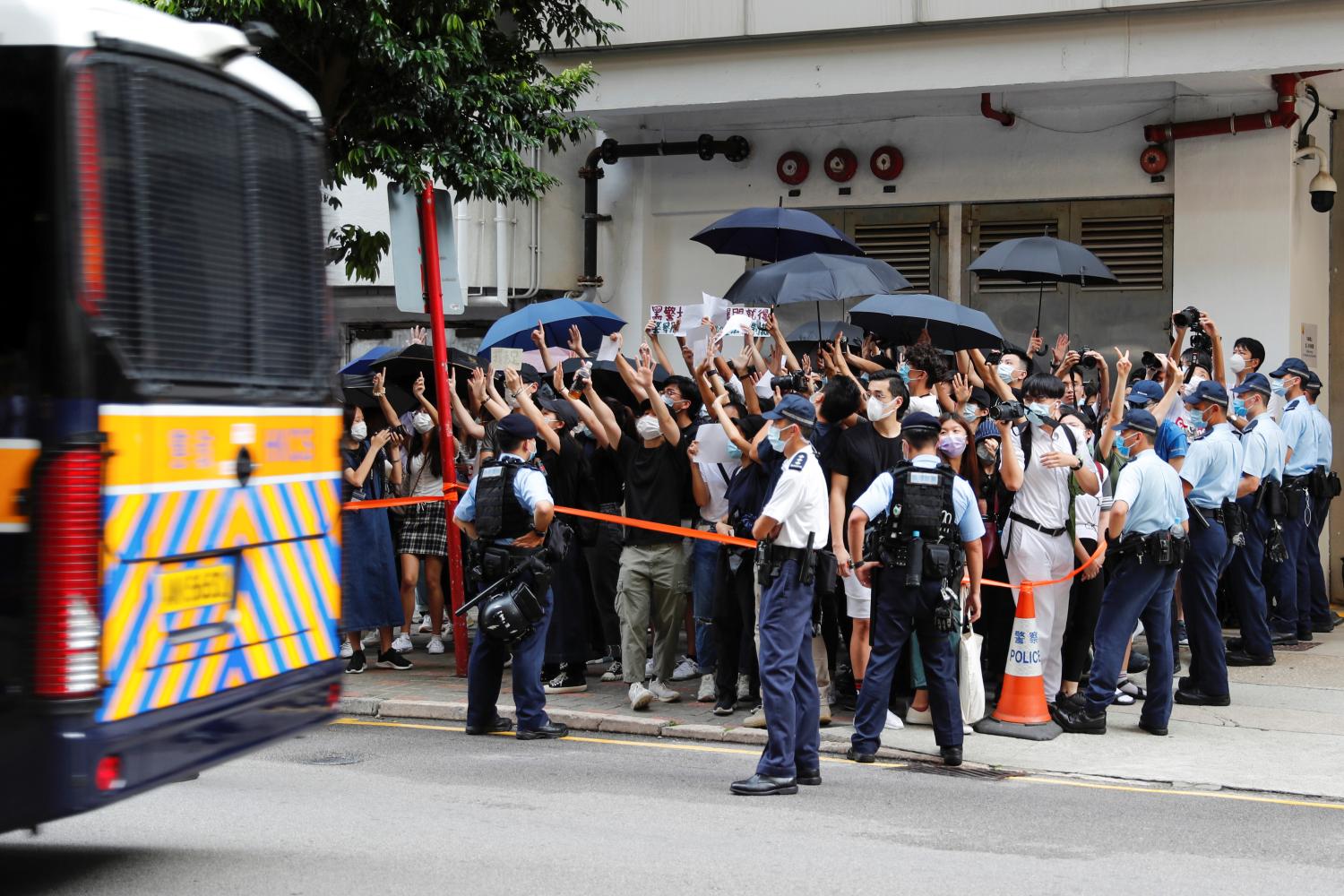
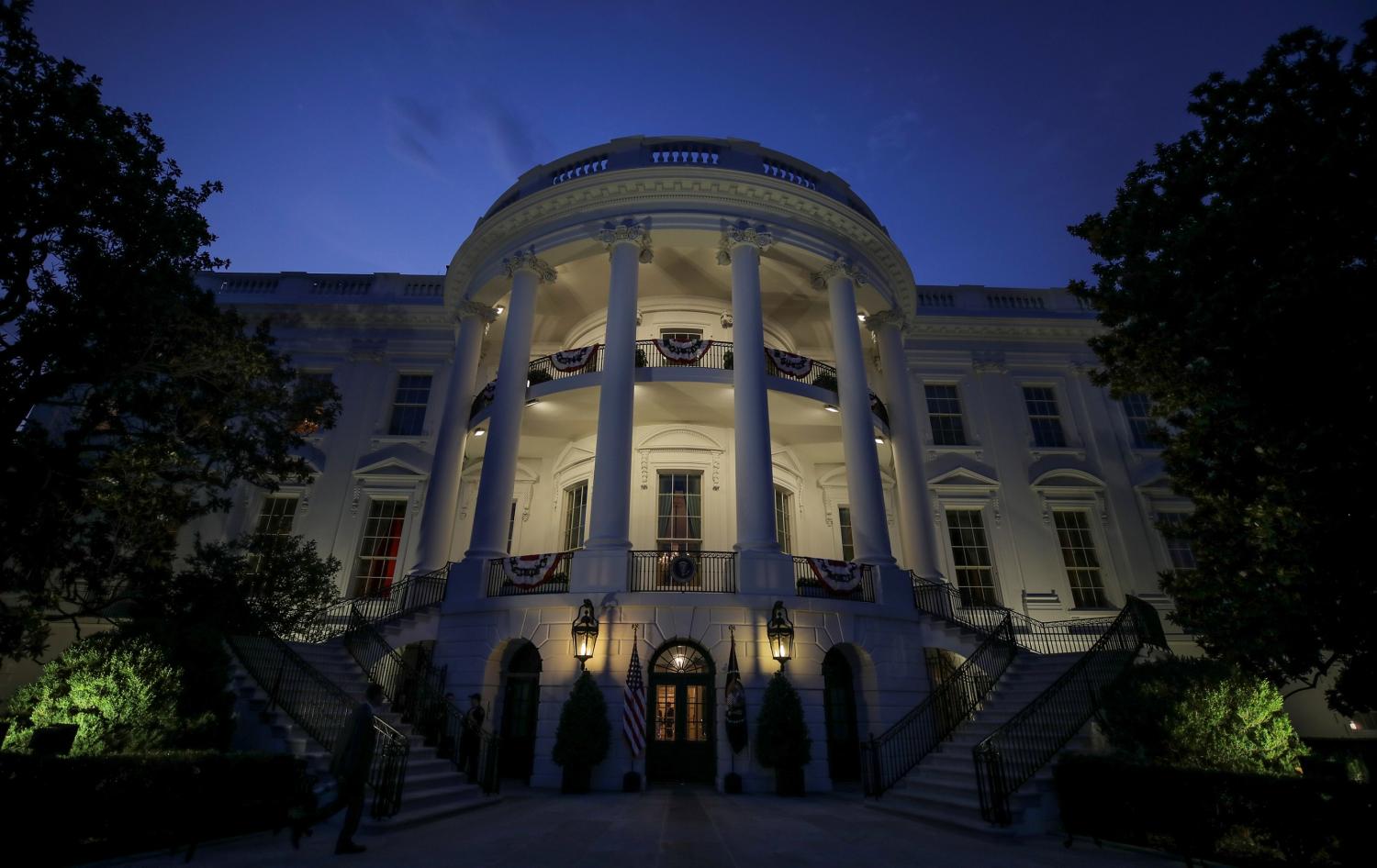
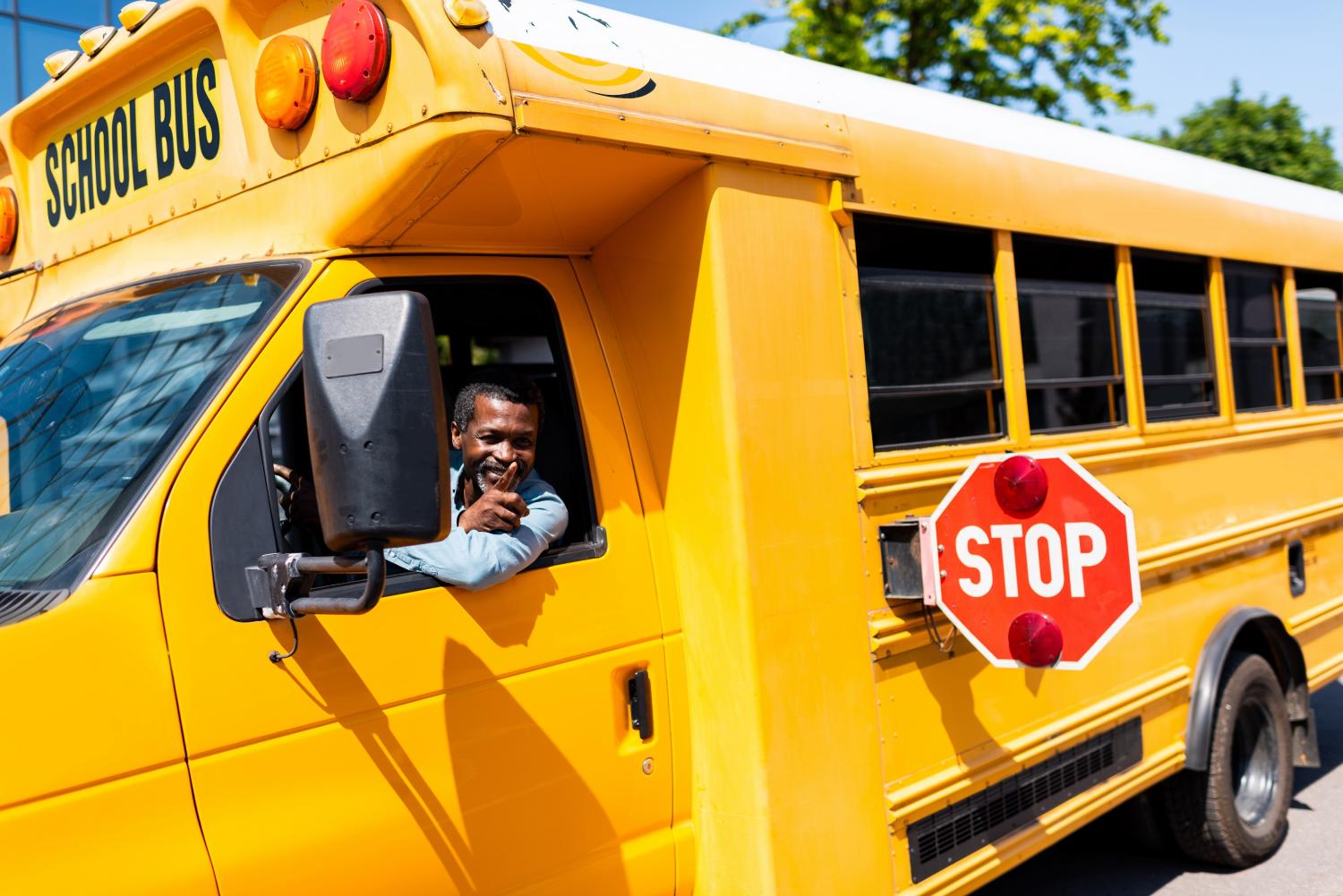
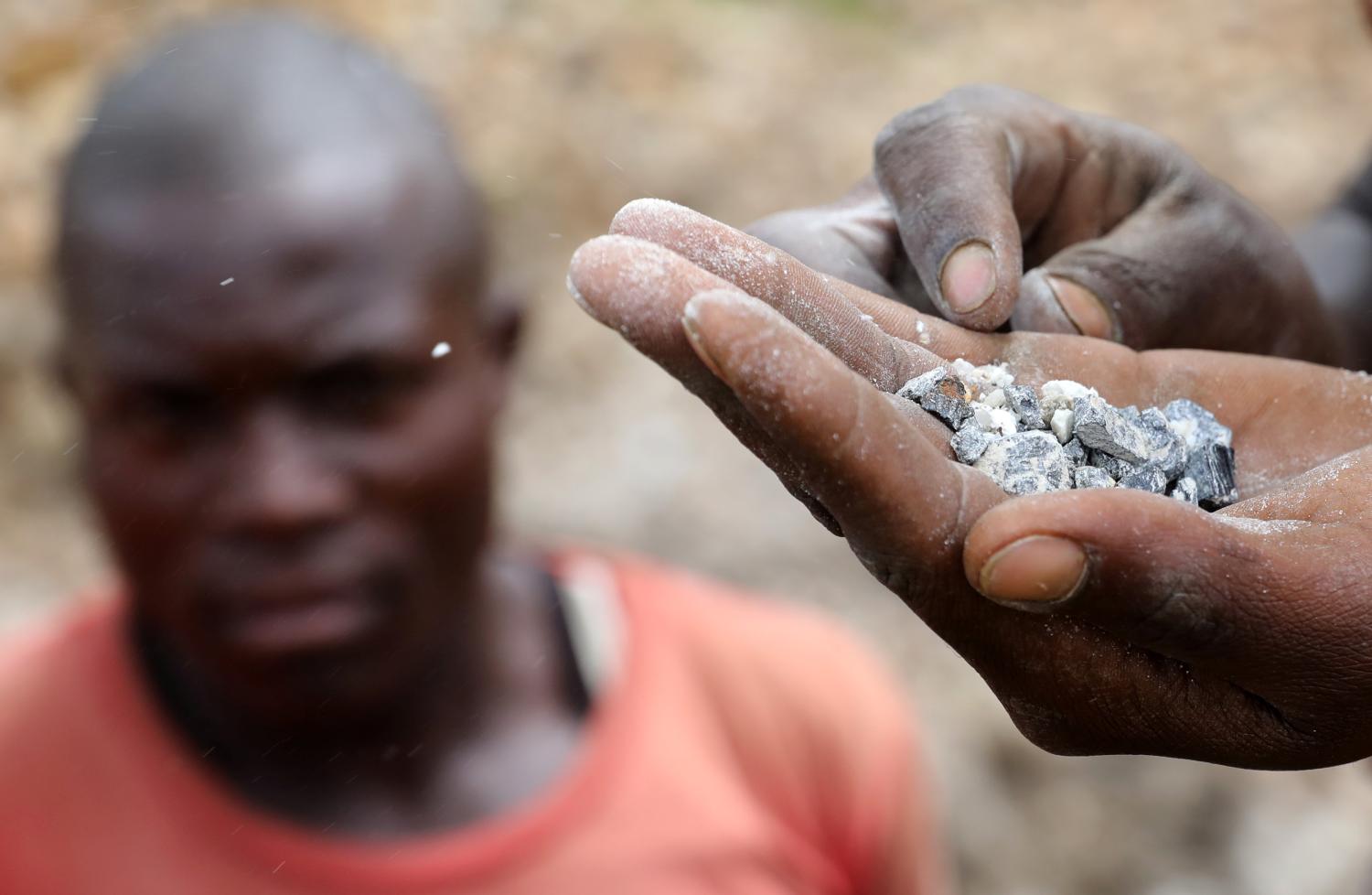

Commentary
10 things we learned at Brookings in July
July 31, 2020